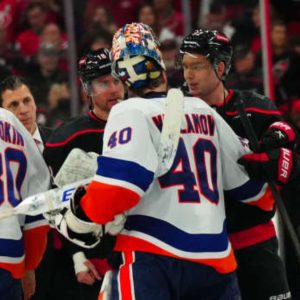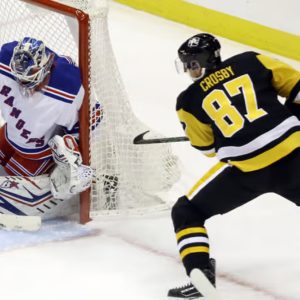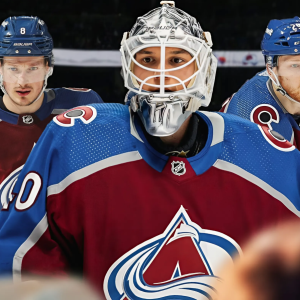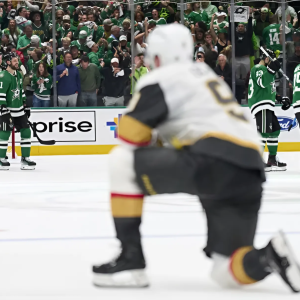For an organization that has long been known as distinctively un-wild, the Minnesota Wild sure have had no shortage of hot-button topics as of late. From a slew of curious veteran contract extensions and an overcrowding in goal with no immediately defined path forward, to a few knock-out drafts that have the Wild’s prospect pool overflowing with high-end potential, there’s a little something for everyone these days.
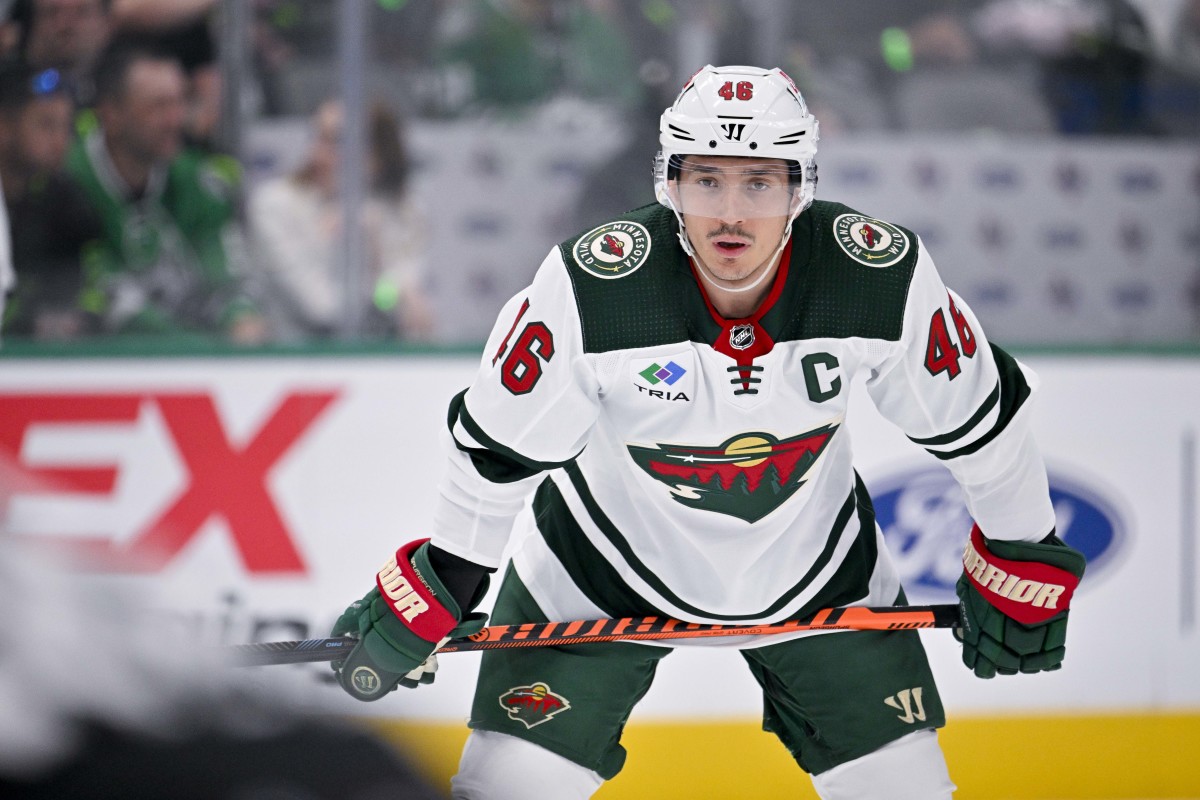
Meanwhile, captain Jared Spurgeon recuperates in the background, a space he seems perfectly content to occupy. Despite appearing in only 16 games last season, more pressing topics have largely kept any conversations surrounding the fate of the Wild’s captain off to the side.
Whether it’s distraction by design or a byproduct of an organization that finds itself approaching a new era, teeming with dynamic young talent, general manager Bill Guerin and head coach John Hynes are likely in no hurry to insert Spurgeon into the conversation for public consumption anytime soon.
But one could easily argue that the lack of conversation is sufficient to start asking questions about the future of Spurgeon’s role with the team.
Spurgeon has three years left on a seven-year deal, with an annual cap hit of $7.575, a number that’s always felt a little hefty for the diminutive defenseman. Still, it has been largely justified by a plethora of advanced statistics best broken down by Hockey Wilderness. It’s also a number that, perhaps, feels appropriate for a player whose underdog story strikes a sentimental chord with many around the State of Hockey and beyond.
However, I need not remind you that the Wild have fallen victim to sentimentality before. Or that they’re still paying for it in the form of one more season of $14.7 million in dead cap space before the Parise-Suter buy-out nightmare mercifully all but disappears.
The argument of whether the Wild should move on from Spurgeon as captain (or entirely) is sure to invoke a level of spirited discourse on both sides. At the time, Spurgeon’s crowning coincided with the installation of head coach Dean Evason as the front office looked to instill an identity into a squad fledgling amidst back-to-back seasons of mediocrity. It was also a time when much of the fanbase was on edge about the long-awaited arrival of a prospect named Kirill Kaprizov, hoping — fingers crossed — he might develop into the second coming of Marian Gaborik.
It was only four seasons ago, but safe to say it was a different time back then.
And yet here we are: Summer 2024 with all the blessings that only hindsight can bestow upon team executives and fans alike. You could say the Wild made their bed in September 2020, signing Spurgeon to his 7-year, $53 million extension, then five months later figuratively tucked him in tight when Guerin and Evason named him the second full-time captain in club history in the days leading up to the COVID-truncated 2020-21 season. And so now we lay in it.
Sticking with Spurgeon for the next few seasons shouldn’t be so much as even a hindrance for the Wild, as long as he can stay on the ice. Quiet by nature, Spurgeon reiterated in his exit interview after this past season that being reduced to a well-paid cheerleader is not his strength.
In a locker room envied around the league for its tight-knit camaraderie, it’s hard to envision a version that keeps Spurgeon but in a reduced leadership capacity, penalizing him ostensibly for something out of his control as he pursues the record for games played in a Wild sweater.
(Spurgeon will need to average 61 games played over the remaining three years of his contract to surpass his predecessor Mikko Koivu at 1,028 career games played.)
However, coming off both back and hip surgery, that’s a bigger ‘if’ than ever.
Sure, back and hip surgery aren’t ideal, let alone both in the same time frame. Still, Spurgeon has already reassured fans that he’s been skating pain-free since April and looking forward to joining his teammates in the trenches where he thrives as a leader. There’s no doubt the Wild will benefit from Spurgeon’s steady influence after the team’s uncharacteristically poor season, both defensively and on the penalty kill, without him.
The truth is, whether he leaves as the Wild’s leader in games played or not, Spurgeon has already cemented his legacy. He will always be defined as a player and a person who exemplified what the Wild stood for during his leadership era: hard work, giving back, and leading by example. Should he ever find himself in another sweater, he will receive a hero’s welcome in his first game back, complete with an emotional video montage, adored as if he never left.
But know this: that day is coming.
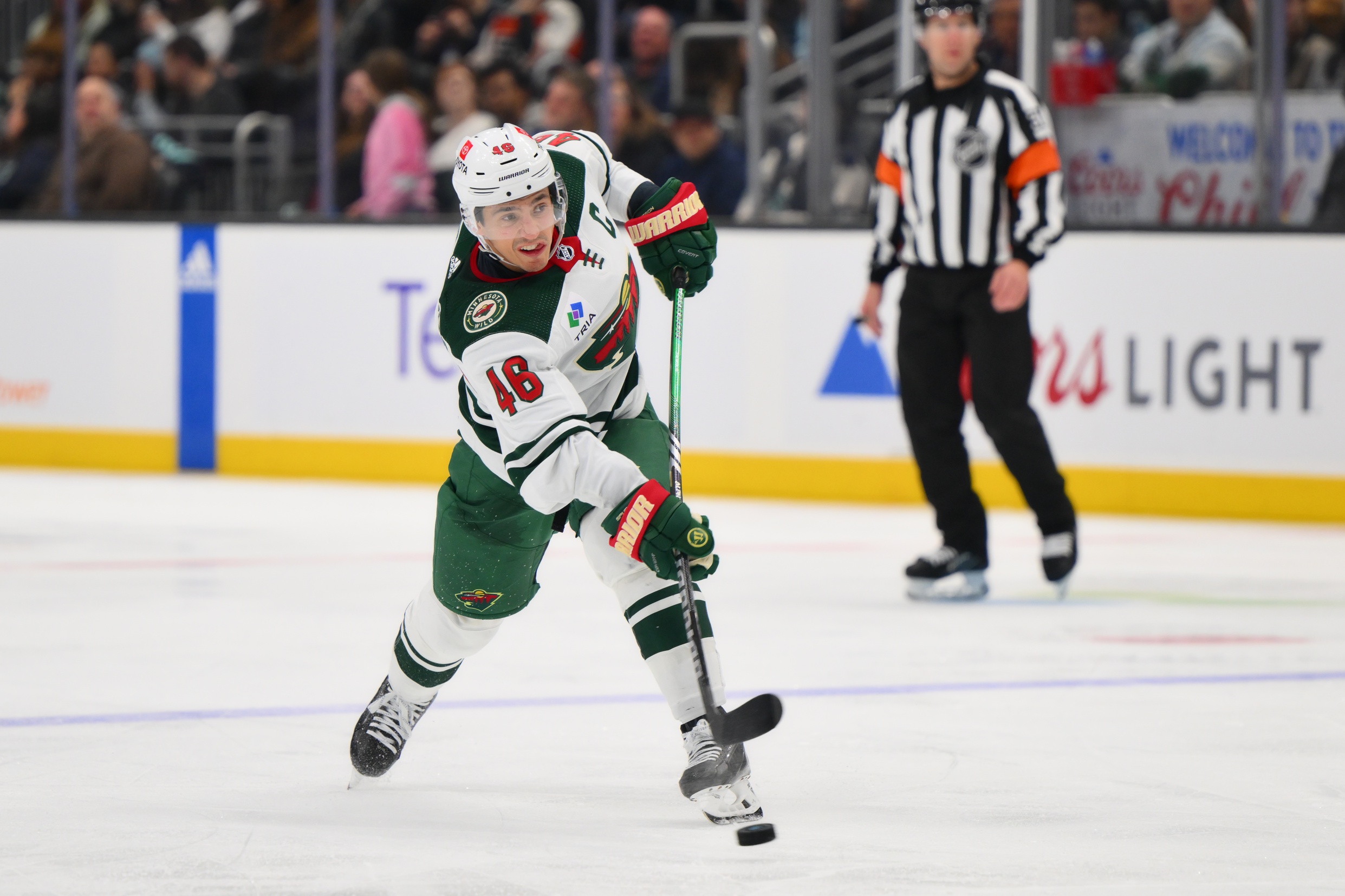
Whether it be a reciprocal in-game applauding cloaked in a new set of colors or the one where a khakied and loafered Spurgeon, wife and children in tow, waves to the crowd from a strip of carpet rolled out to center ice, that day is coming. And as beloved as the affectionately named Spurgeon General is, by fans and teammates alike, that day still needs to serve the best interests of the team first, sentiment be damned.
When is that day exactly? The one that best serves the interest of the team going forward? Could it be this time next year? Even sooner in the event of a setback from the recent surgeries? We caught a lengthy preview of what a captain-less Wild squad looked like on the ice last season, and it wasn’t pretty.
Might it make the most sense to coincide the end of Spurgeon’s tenure as captain with the end of the dead cap hit, when the team is officially unshackled from their past? Wild fans have long had their eyes affixed on the fresh start that the 2025-26 season signifies. An agonizing, four-year wait that finally sits, achingly, tantalizing, just around the corner. Maybe the Wild will find a way to wipe the slate completely clean, full steam ahead into a new era, unencumbered by the past.
So how long could Guerin and Hynes realistically afford to wait to appoint an heir to Spurgeon? The recent player-friendly extensions offered to team veterans suggest the front office brass will work to accommodate him as long as possible, likely ultimately deferring to the player’s capacity to remain on the blue line, right where he belongs. Right where he leads best.

